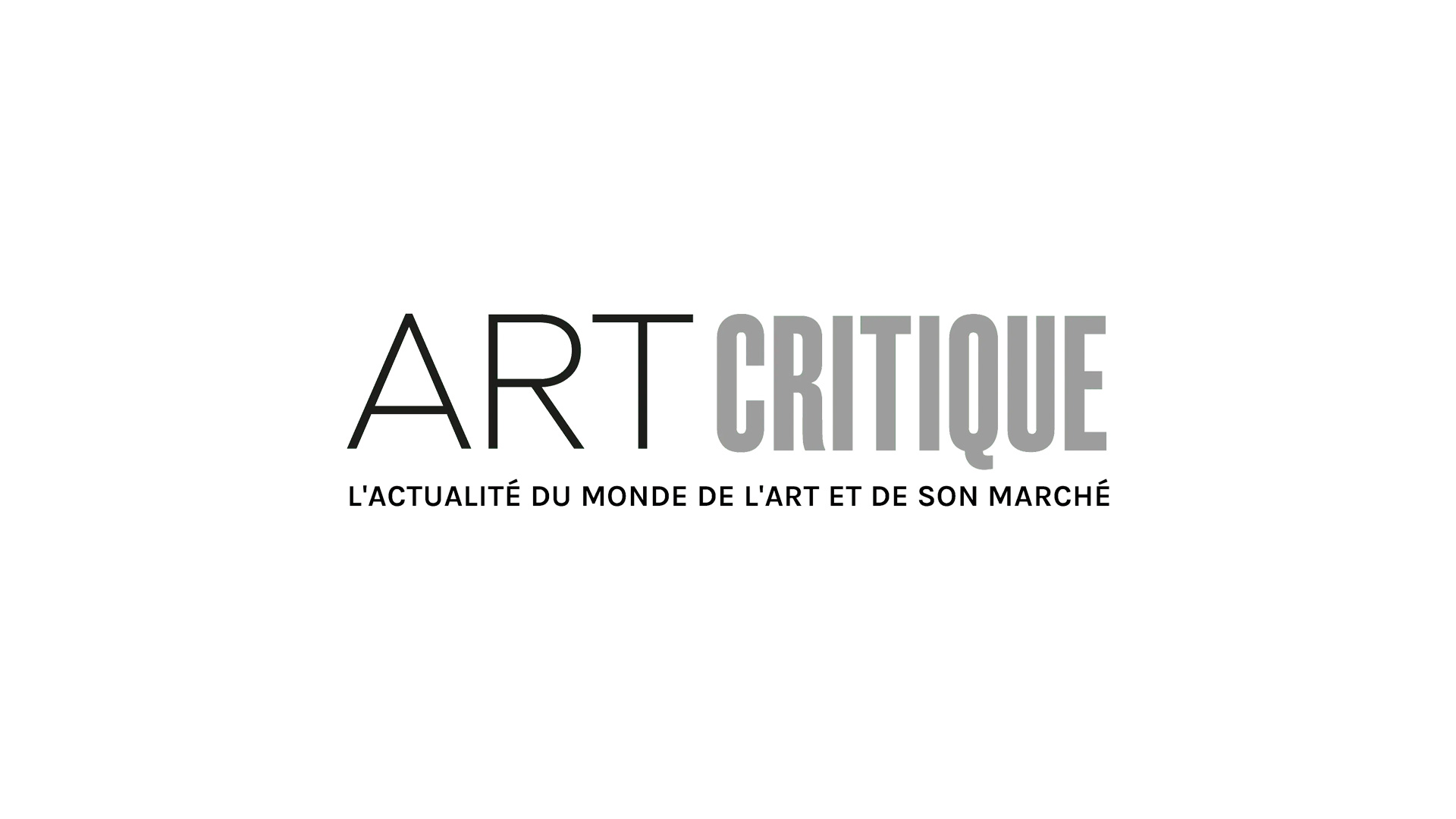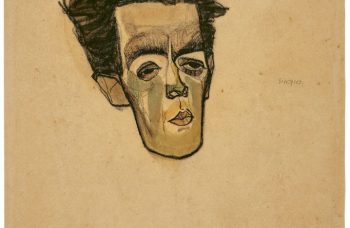Lee Kun-hee, the head of the Samsung conglomerate who passed away in October of last year, amassed an impressive collection of art estimated to be worth around ₩2 trillion (£1.26 billion). Now, South Korean art critics and cultural ministers are asking that tax laws be changed so that Lee’s heirs might opt to keep the collection all together and ultimately, all in the country.

Upon Lee’s passing, he was the wealthiest person in South Korea. However, that meant that his heirs were hit with record inheritance taxes totaling ₩11 trillion (£6.96 billion). According to current South Korean tax laws, artworks cannot be used to pay such taxes. So, in recent month, Lee’s heirs have had the collection appraised by three arts groups in preparations of sell it to help alleviate the inheritance taxes that are required to be paid by April.
Arts organisations, art critics, and former cultural ministers, alike, are concerned that if the collection were to head to the auction block, much of it would be sold to international buyers because many of the artworks in the collection are simply too expensive for South Korean buyers or institutions. This has led to a group of 12 arts organisations, including the Korea Fine Arts Association and the Korean Museum Association, alongside eight former cultural ministers calling on the government to amend existing laws to keep the collection in South Korea.
According to the Korea Herald, a Democratic Party of Korea representative has introduced a bill that would allow the donation of art to pay inheritance taxes in kind. If these measures pass, they could keep major artworks, that too expensive for museums to purchase, in the country.
The cost to acquire the Lee collection would be enormous, even if shared among all of the museums in South Korea. In fact, using 2019 budget information, president of the Art Market Research Institute So Jin-su found that it would take 132 years for the country’s museums to collectively purchase the Lee collection.
The Lee collection includes around 12,000 artworks that range from ancient Korean artworks, to works by Renoir, Chagall, and Giacometti, to works by Rothko, Damien Hirst, and Gerhard Richter. If the state were able to acquire the collection, it would be “a rare chance to establish a landmark museum” Choe Byong-suh, professor at Sungkyunkwan University, told Reuters.
The full extent of the Lee collection is unknown. However, one anonymous critic who was asked to value it earlier this year said: “The reason many go to the Louvre is to see the Mona Lisa, and the Sistine Chapel, the Creation of Adam. There are valuable masterpieces that can compare to that in the Lee collection.”





